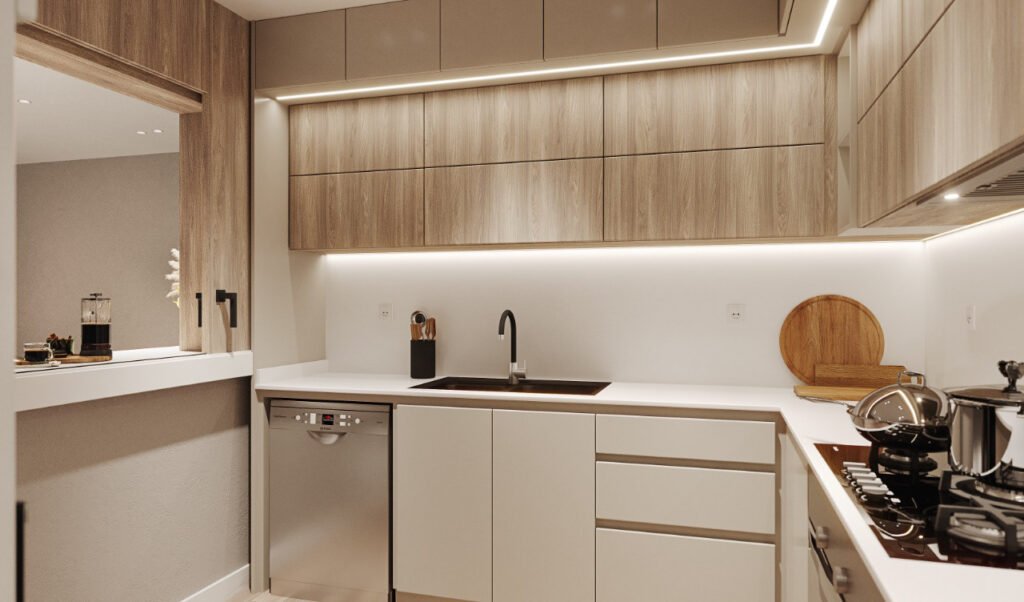Introduction:
Color plays an essential role in interior design. It can influence the mood, create depth, and unify a space. Choosing the right color palette can be a challenging task, but understanding a few key principles can make the process much easier.
Main Points:
- Understanding Color Psychology: Different colors evoke different emotions. For example, blue is calming, while red stimulates energy.
- Consider the Space’s Purpose: The function of a room can dictate the color choices. A bedroom may benefit from soft, muted colors to promote relaxation, while a living room can have more vibrant hues for a lively atmosphere.
- Light and Natural Elements: Colors interact with light, so it’s important to consider how much natural light the space gets. Lighter shades make rooms feel larger, while darker tones create a more intimate, cozy feeling.
Conclusion:
By carefully selecting the right color palette, you can create a cohesive, harmonious space that complements both the room’s function and the emotions you wish to evoke.

